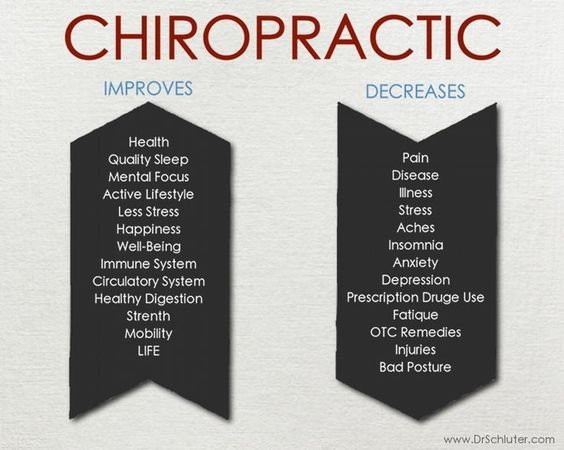Simply When You Think Alleviation Is Near, Soft Tissue Treatment Exposes Its Uneasy Truths-- Find Why The Procedure Can Be Painful Yet Advantageous
Simply When You Think Alleviation Is Near, Soft Tissue Treatment Exposes Its Uneasy Truths-- Find Why The Procedure Can Be Painful Yet Advantageous
Blog Article
Short Article Developed By-Fog Feddersen
When you go through soft Tissue therapy, you might find it remarkably awkward. This pain occurs as stress is related to strained muscular tissues and broken cells, causing your discomfort receptors. While it can feel stressful in the minute, there's a reason behind this experience. Comprehending what occurs in your body throughout these treatments can aid you value the procedure. So, just what is taking place below the surface?
The Physiology of Pain During Soft Tissue Therapy
When you go through soft Tissue treatment, your body's feedback to pain is a complicated interaction of physical procedures. As the therapist uses stress, your body turns on discomfort receptors, sending out signals to your mind. This triggers the launch of natural chemicals, such as material P and glutamate, which intensify the experience of discomfort.
Your muscles may likewise tighten in action, more making complex the experience. On top of that, your body might release endorphins, natural painkillers that can assist minimize some discomfort.
The interaction in between these procedures can develop an one-of-a-kind experience for every individual. Understanding this physiological reaction aids you navigate the feelings throughout treatment, allowing you to appreciate the balance in between pain and the capacity for healing benefits.
The Function of Discomfort in the Recovery Process
Although discomfort throughout soft Tissue treatment can feel frustrating, it plays an essential duty in the healing process. When you experience pain, your body is indicating that it's functioning to repair broken cells. please click the following web site helps enhance blood flow to the affected location, delivering essential nutrients and oxygen required for recovery.
In addition, discomfort can promote the release of endorphins, your body's all-natural painkillers, developing a feeling of relief post-treatment. Welcoming this discomfort can help you understand your body's limits and motivate you to address underlying problems.
While it's uncomfortable now, this process is vital for long-lasting recovery and boosted function. Acknowledging discomfort as an essential part of recovery can empower you to remain committed to your therapy.
Tips for Managing Discomfort Throughout and After Treatment
Handling discomfort during and after soft Tissue therapy can significantly enhance your overall experience and healing.
To begin, connect honestly with your therapist concerning your discomfort levels; they can readjust techniques as necessary. Utilizing deep breathing techniques can likewise help you kick back and ease pain.
Consider applying ice to the cured location post-session to minimize inflammation and numb pain. Staying hydrated help in the healing procedure, so consume a lot of water.
Gentle extending and light activity after therapy can promote blood circulation and ease tightness. Last but not least, guarantee you get appropriate rest to permit your body to heal.
Implementing these tips can make your soft Tissue treatment more manageable and enjoyable.
Conclusion
To conclude, while soft Tissue treatment can be uncomfortable, it's important to identify that this discomfort plays a vital function in your healing journey. By understanding the physical reactions at play, you can come close to the therapy with a more favorable attitude. Bear in mind, the initial pain frequently gives way to alleviation as your body launches endorphins. Embrace bioperene , and do not think twice to make use of the suggestions for handling discomfort to enhance your experience and recuperation.
